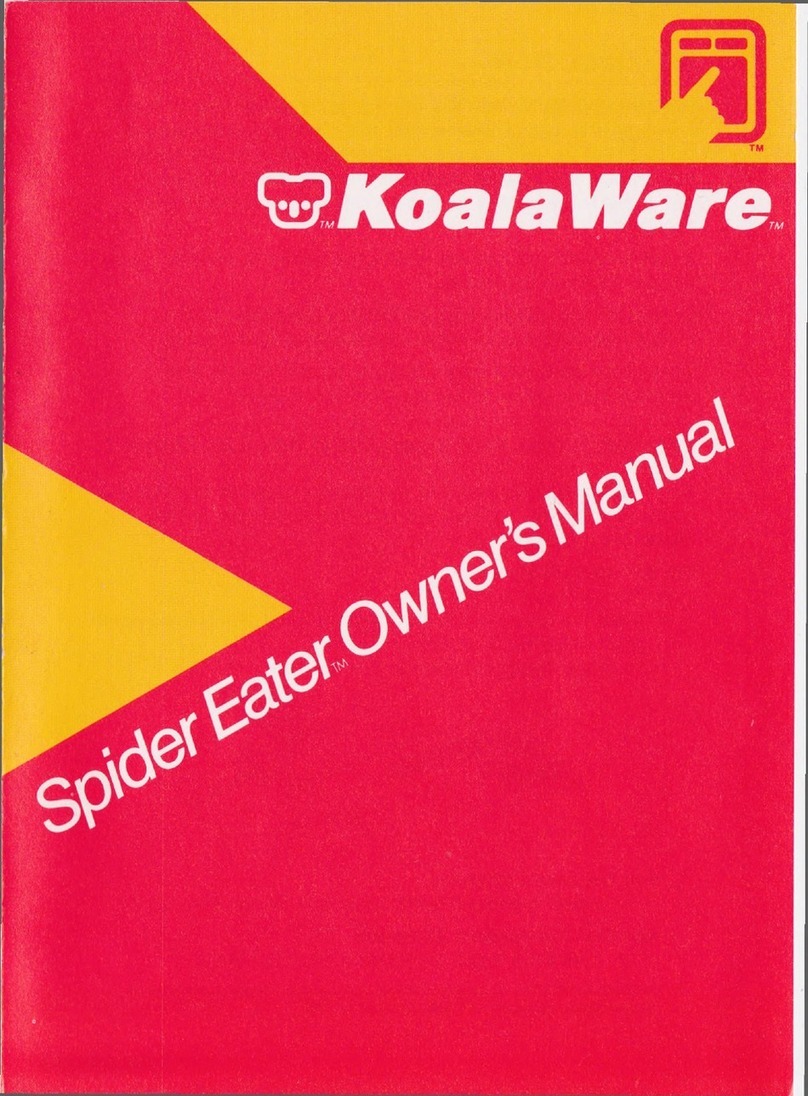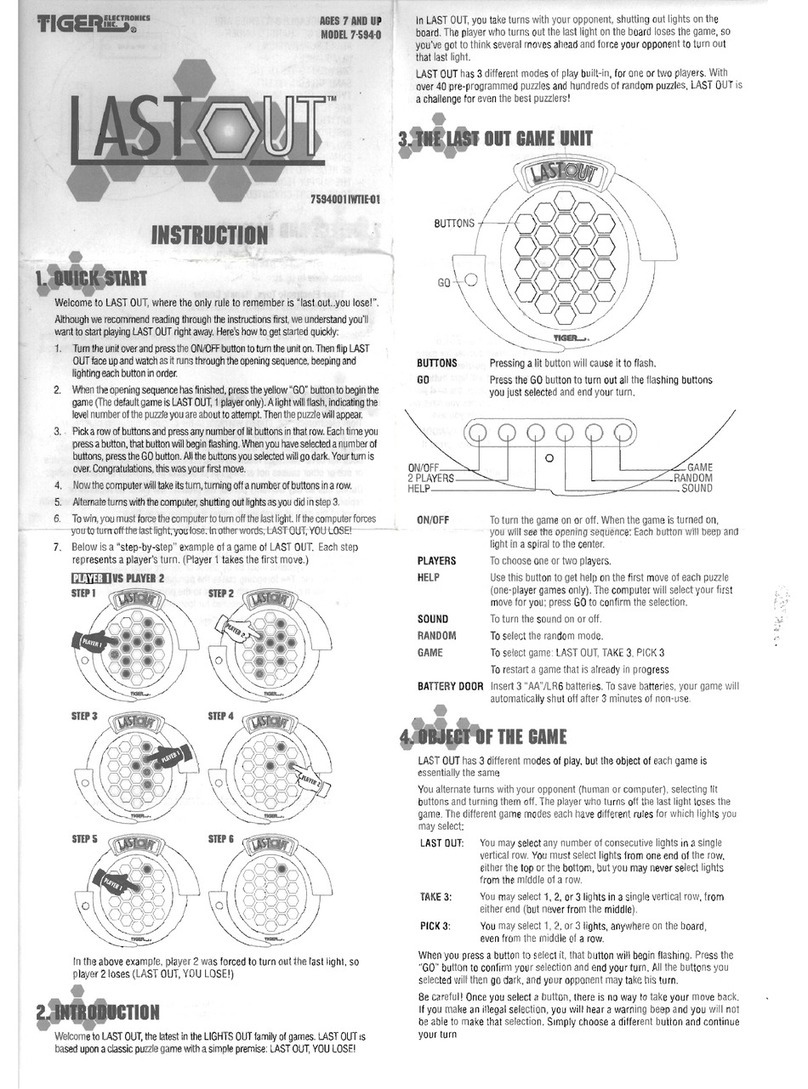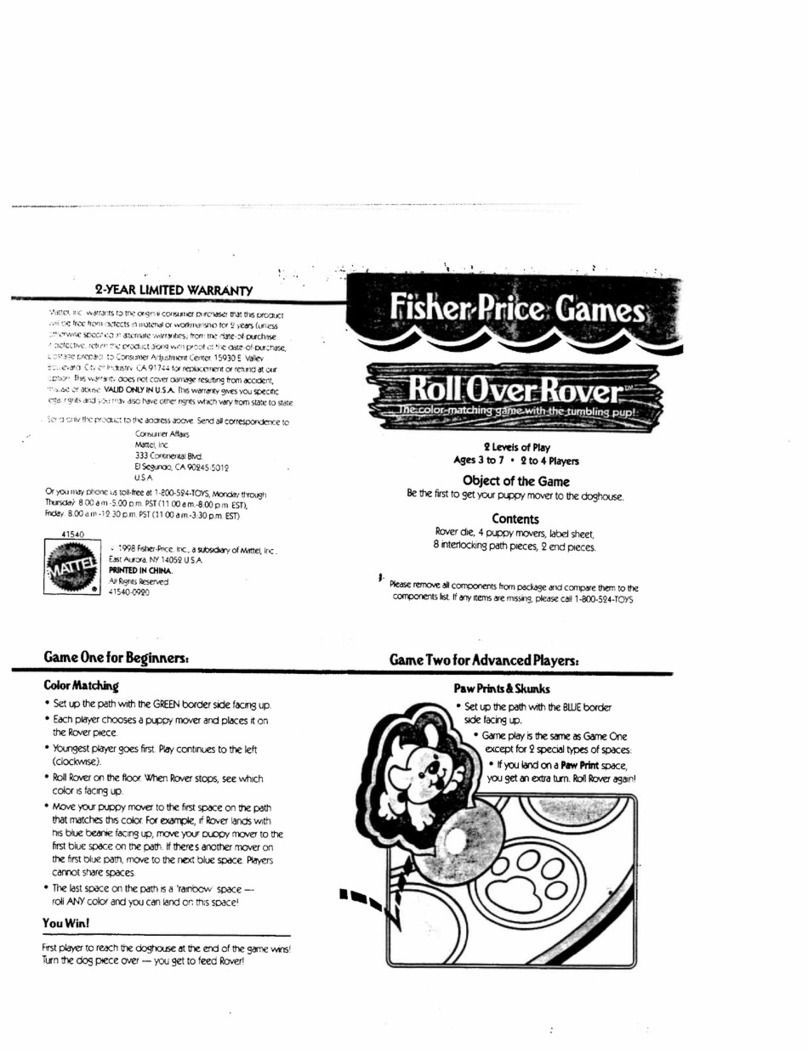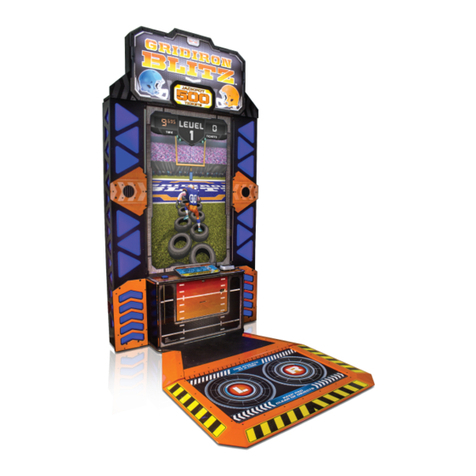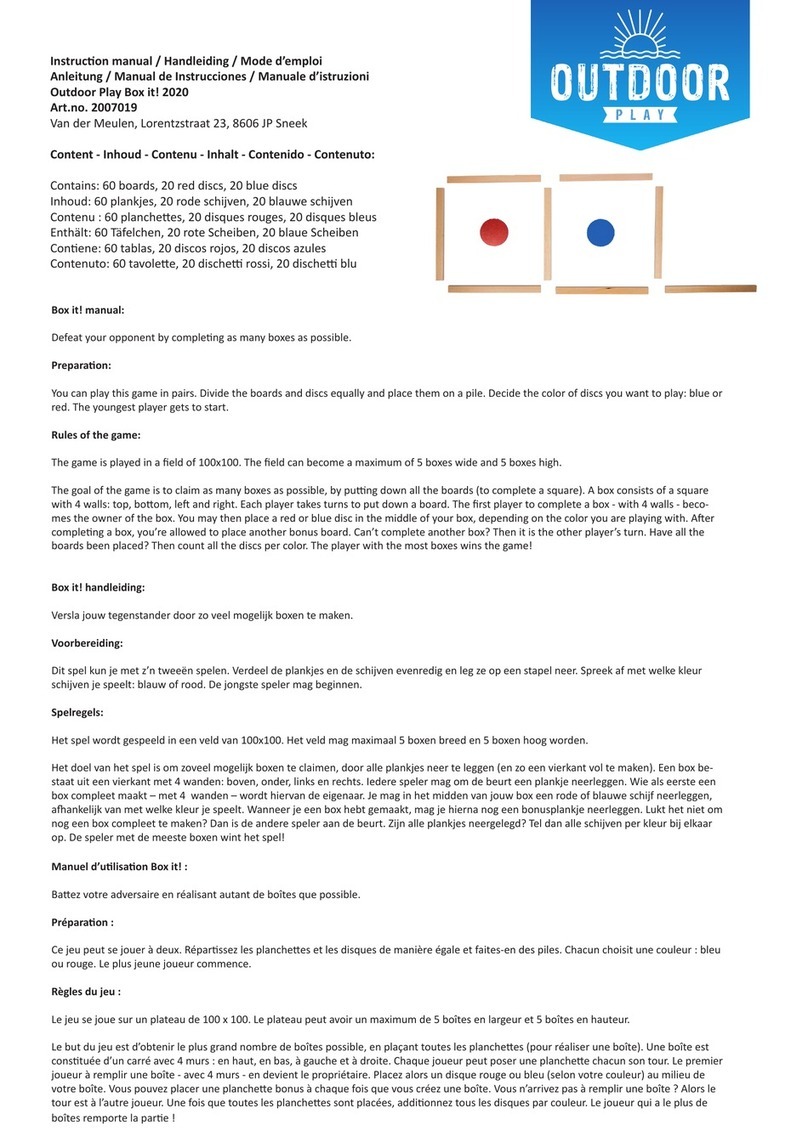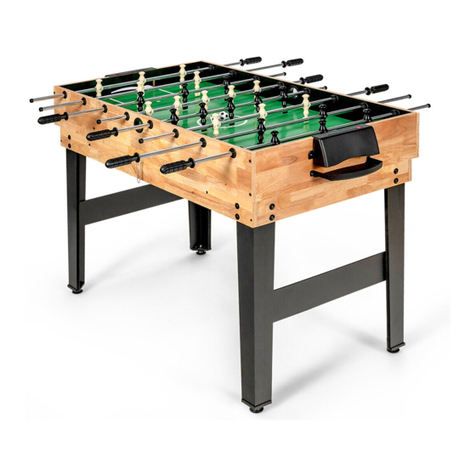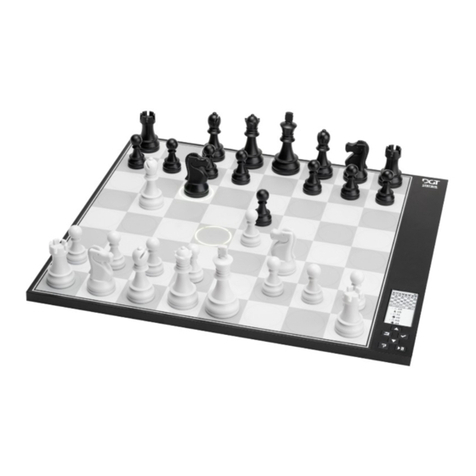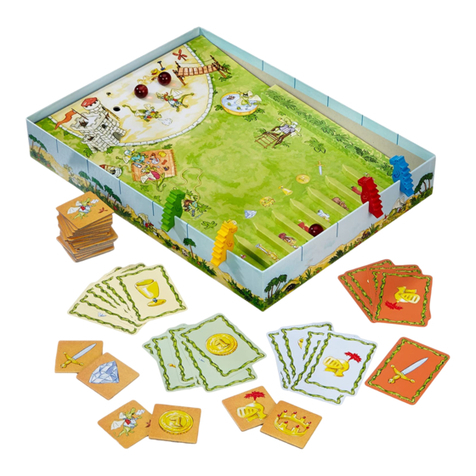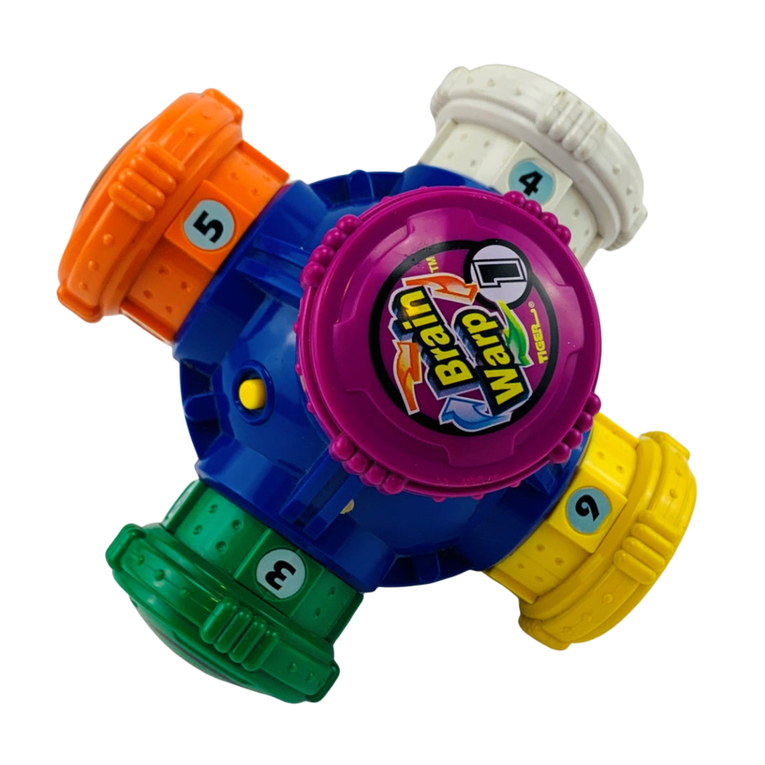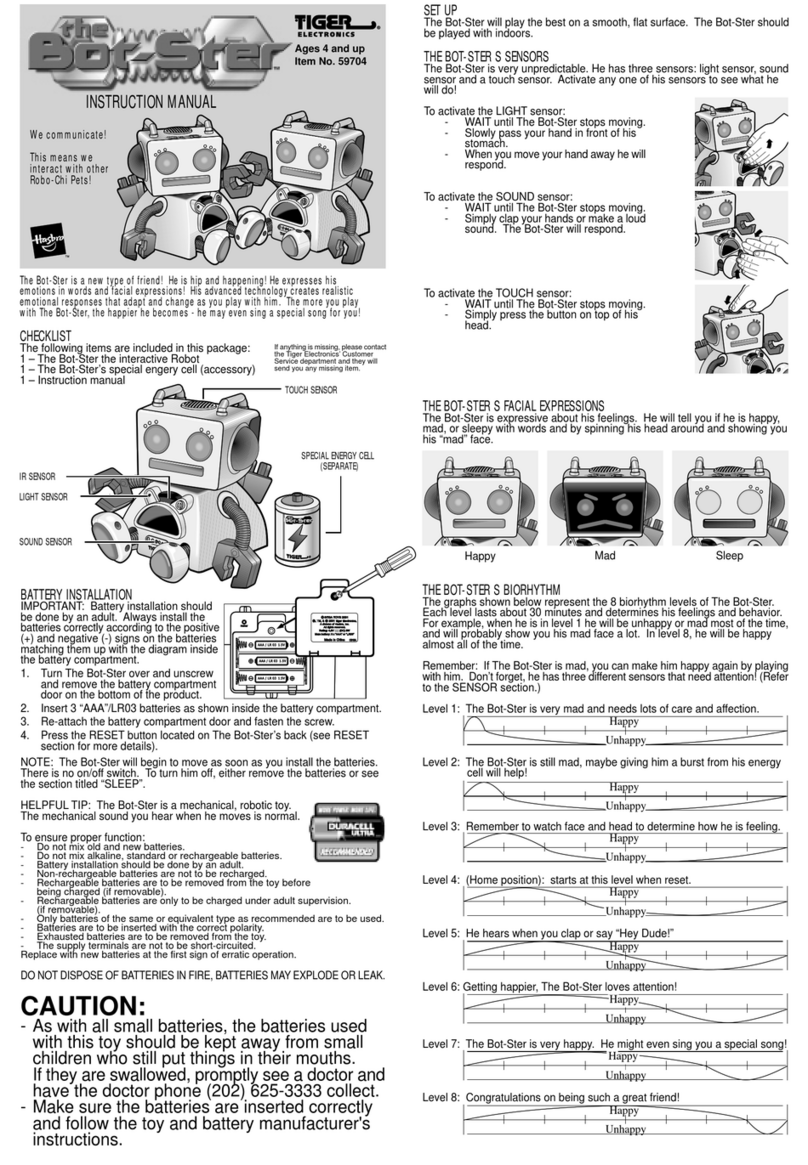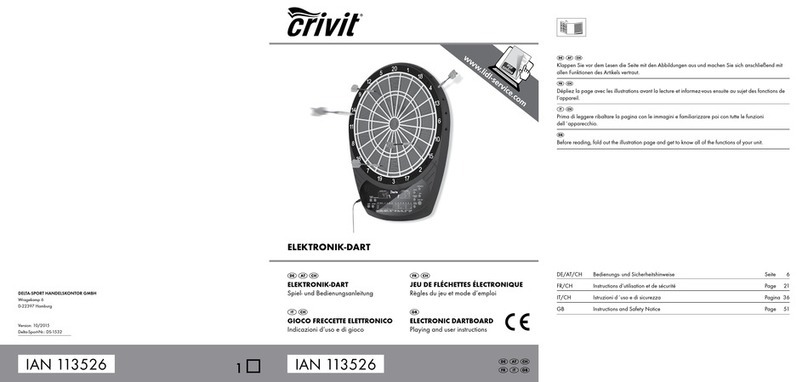Objective
To beat the dealer by having a higher card total without going over 21
Card Values
2 to 10 = Face Value
J, Q, K = 10
Ace = 1 or 11
**Note: The card suits are irrelevant in Blackjack.**
Denitions
Blackjack = an Ace and a card worth 10 points (21 total)
Hole = the dealer’s card that is face down
Hit = draw another card
Stand = take no more cards
Bust = going over 21
How to Play
- Players place bets by putting the desired number of chips in the circle in front of their seat.
- The dealer deals two cards face up to each player. The dealer receives one card face up and one face down.
- The dealer asks each player, in turn, whether they want to hit or stand.
- Base your decision on the assumption that the dealer has a card worth 10 points in the hole.
- Indicate that you want a hit by tapping the table or making a motion to beckon another card
(as if motioning someone to “come on back”). Continue until you desire no more cards.
**Note: Most casinos do not allow you to touch the cards.**
- Ifyoudon’twantahit(orarenishedhitting),indicatesobywavingyourhandbackandforthfacedown
over your cards.
- Once all players have made their decisions, the dealer reveals his hole card and hits or stands as appropriate.
- Payouts are issued based on the outcome.
Winning
If your total is higher than the dealer’s (or if the dealer busts), you win.
Payouts
- If you get Blackjack, the dealer pays you 3 to 2.
- If you and the dealer both get Blackjack, it is a push and no chips are given or taken away.
- If you have a higher total than the dealer (or the dealer busts), the dealer matches the amount of your chips.
- If you have a lower total than the dealer (or you bust), the dealer takes your chips.
Doubling Down
Youareallowedtodoubleyourbetafterreceivingyourrsttwocards.Youdothisbyplacingtheadditionalchips
next to your original bet. If you decide to do this, you receive only one additional card.
Splitting
If you receive two cards of the same number, you can split them into two separate hands. Do this by placing
anotherequalbetalongsideyourrstbet.Thedealerwillseparateyourcardsandgiveyouanadditionalcardto
make each one a complete hand by itself. You will then play each hand separately as you normally would.
Insurance
If the dealer’s face up card is an ace, he will offer players the option of buying insurance. If you choose to do so
you can then wager half your original bet (in addition to it) that the dealer does have Blackjack. If he does, your
insurance is paid 2 to 1 but your original bet is lost (meaning you break even for the hand). If he does not have
Blackjack, you lose your insurance.
Even Money
If you have Blackjack and the dealer has an ace showing, the dealer will offer you even money for your Blackjack
(instead of 3 to 2). If you do not take it and the dealer also has Blackjack, you will have a push just like normal.
How to play Blackjack How to play Roulette
The Basics
Roulette has offered glamour, mystery, and excitement
to casino-goers since the 17th century. The game is
popular in casinos worldwide in part because its rules
are relatively simple and easy-to-understand. However,
roulette offers a surprising level of depth for serious
betters. Before putting it all on black, learn the basics of
this thrilling game by reading the detailed instructions in
this article below the jump.
1. Know the equipment.
Roulette is French for “little wheel.” On this wheel are
36 numbers and a 0; on some American tables, there is
a “00.” A croupier sends a small white ball spinning that
will eventually land on one of the numbers. Bets are
placed on the table, correlating with the slots the ball
can possibly land in.
On the table are the numbers and a few other options:
1st 12 2nd 12 3rd 12
3 x columns of 12 numbers
1-18 19-36
Even Odd Black Red
2. Know the different “inside” bets.
In roulette, you have to anticipate the number or type
of pocket on which the ivory ball is going to land. To do
this, there are a range of bets you can make.
“Inside”bets,orbetsplacedonspecicnumbers,
generally have higher paying odds. You can bet:
“Straight up” betting on one number pays 35 to 1
Split betting on two numbers pays 17 to 1
“Street” betting on three numbers pays 11 to 1, three
numbers can be bet with just one chip. It can be placed
on the end of any “street” (the row of 3 numbers) on the table map.
Corner betting on four numbers pays 8 to 1, The chip lies on the intersection of the four numbers.
Six line betting on 6 numbers pays 5 to 1, the chip lies on the edge of two adjoining streets.
Additionally, for American roulette, there is the Five-number bet which covers “0,00,1,2,3” and pays 6 to 1, and the
Row 00 bet which covers 0 and 00 and pays 17 to 1.
3. “outside” bets.
Thesebetsdonotinvolvespecicnumbersandaremadeontheoutsideofthenumbermap,hencethename.
Color betting (red or black) pays 1 to 1. Even or odd betting pays 1 to 1.
Column or betting on 12 numbers pays 2 to 1 Dozen betting (1st 12, etc.) pays 2 to 1
High or low bets pay 1 to 1.
4. Realize your odds.
At every roulette table (and at every game in the casino itself), the house always has an edge. All bets at both
wheels (French or American) are paid at odds that would be true if only the 36 numbers were on the wheel. Their
advantage comes from to 0 -- and the 00 in America.[3]There are theories as to how you can improve your odds,
but they don’t work. However, there are some variants that change how the favor lies:
At American tables, the “00” slot increases the casino’s advantage even more. On a roulette table with a single
zero, the casino has an advantage of 2.7%. On a roulette table with a double zero, the casino has an advantage of
5.26%.[4]
Some French tables will employ rules that generally help out the players. The “La Partage” and “En Prison” rules
apply to outside even money bets like odds or even, black or red and low or high; they also apply when the ball
lands in the zero slot. They are similar in the sense that players only lose half of their bet, but players cannot leave
their bet on the table for another spin with the La Partage rule. If a player loses, they can collect half their bet in
the En Prison rule, or leave half their bet on the table for the next spin with the La Partage rule.

